The Autumn Season
Autumn is here!
Autumn is a season of preparation, of cutting back and composting, making space and preparing for your garden to bounce back beautifully in the spring. Although until then you can have bursts of glorious autumn colour and winter flowering plants.
Seeds in a row…. Sow hardy annuals in trays in the greenhouse or on a sunny window sill, to give them a good start for next year. Sweet peas are particularly suited to this method, plant in deep root-trainer modules or 9cm pots which encourages strong root development. Fill with good quality, peat free seed compost, with added perlite for drainage.
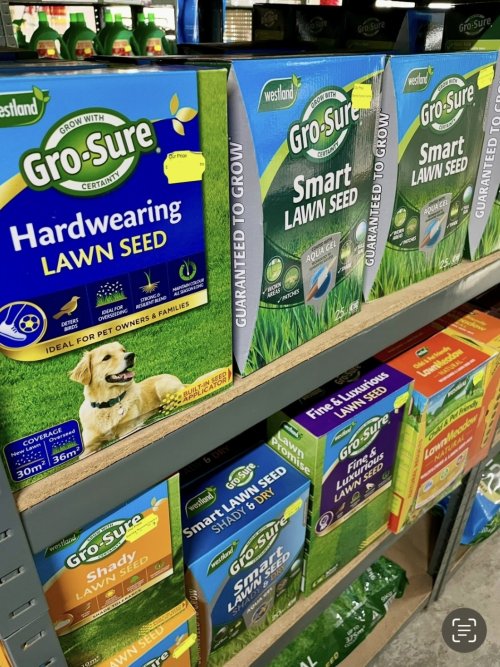
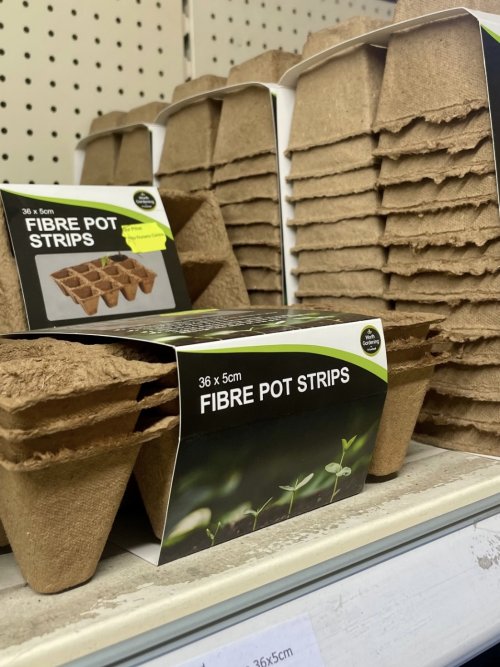
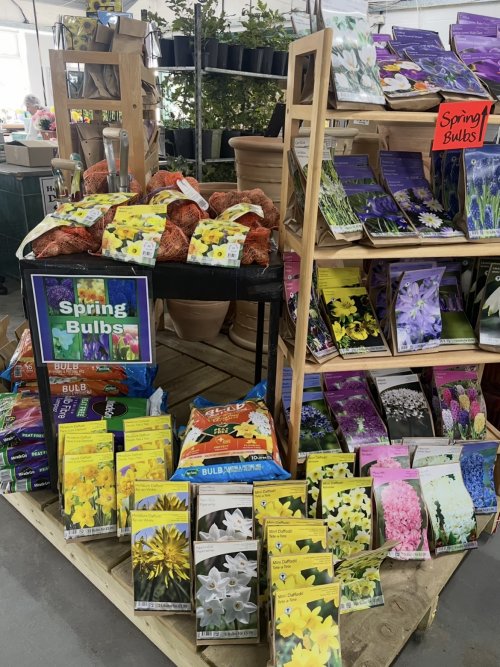
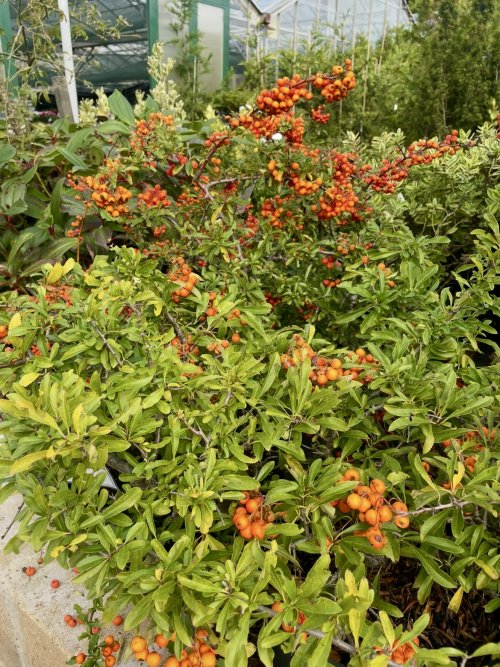
Get those bulbs in the ground!
Spring in your step…. Plant spring bulbs in autumn while soil is still warm, follow the specific planting instructions and the bulbs will properly establish their roots before freezing and dormancy, through which they develop energy for their spring blooms. Tulips, crocuses and daffodils need to be planted 3 times the bulb size deep.
Can’t ‘contain’ your excitement?… Once the cold weather has killed off last year’s tender summer bedding, remove these from pots, leaving any permanent, hardy feature plants in them, but take advantage of empty spaces in pots to plant tulip bulbs, or if storing empty containers, wash them out fully in warm, soapy water.
Colour is everything… Patio pots and window boxes can be enjoyed when it’s too cold and wet to go outside, plant winter pansies and violas, flowering from October through to late spring, they will tolerate being partially shaded by a house. Try planting with hardy cyclamen, daffodils, or ivy and small heathers. Deadhead pansies and violas regularly to keep them blooming.
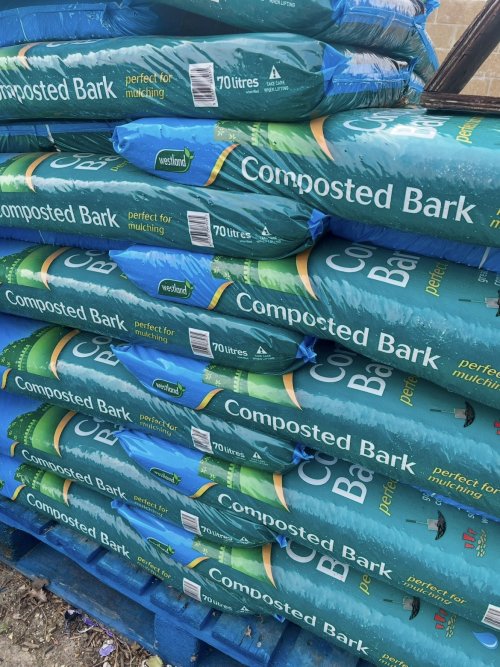
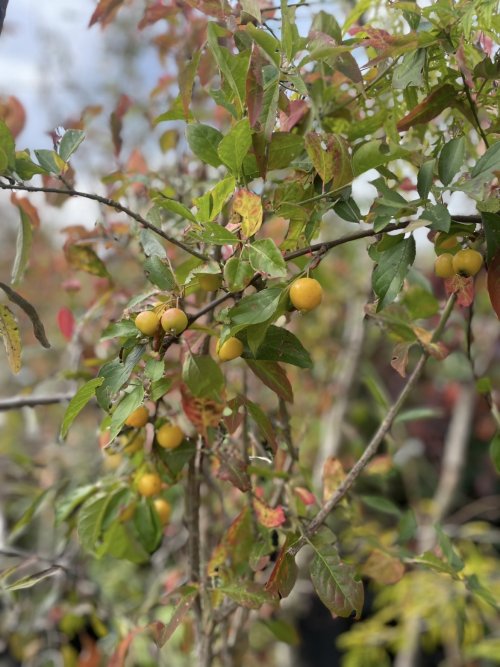
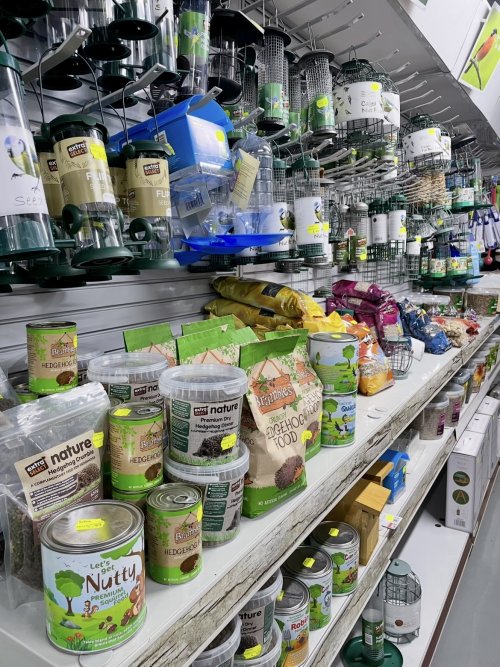
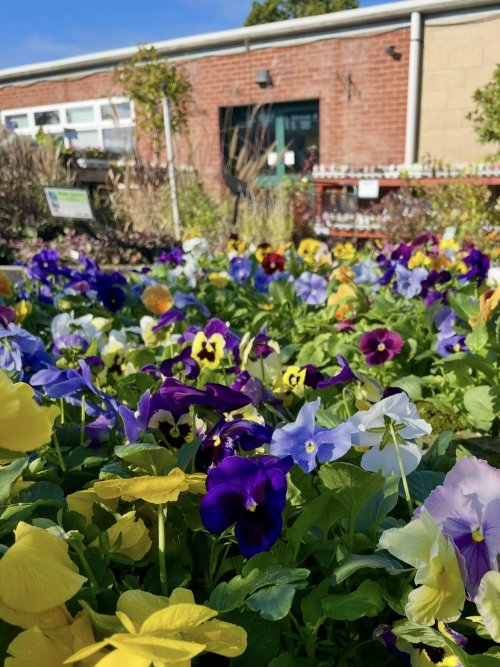
Digging the dirt…. Make compost by gathering fallen leaves (see above), garden trimmings, tired old soil, kitchen scraps and torn up paper and cardboard, into a compost bin. This is what’s meant by sustainability, using what you already have to generate something new! A healthy environment for organisms that break down the waste and turn it back into natural goodness, once decomposed fully, this organic matter can be used to add structure and improve the water retention properties of your soil.
You’re my evergreen… Evergreens add a strong framework to the garden, especially during the winter months when deciduous plants have lost their colour. Variegated evergreens bring a variety of colours – silver, gold, red, purple and creams, there’s an evergreen to fit every style and space, from prickly berry-covered pyracantha to attractive forms like Photinia x fraseri or compact evergreens such as heathers that can be mass planted for a fabulous flowering display over the winter months.
Feed our friends…. Build up berry-eating birds like blackbirds and song thrushes, if you have room for a wildlife hedge, plant one now using bare-root trees, a mixed native hedge will give food and shelter to birds, insects and small mammals throughout the year. Hawthorn, blackthorn, field maple and hazel are a good combination. Other strong options are holly, pyracantha (the red berried varieties are the most sought after by blackbirds), and crab-apple trees too are a prize in the birds’ territory. Fieldfares and redwings visiting for the winter will gorge themselves on these given the chance. Keep the bird feeders stocked with suet and seeds. Before lighting any bonfires or incinerators, check the heaps carefully for any wildlife that may be sheltering inside. Leave moss that’s growing around the garden as it provides food and shelter for numerous minibeasts like invertebrates, woodlice, and microscopic organisms. Clear leaf litter, debris and unwanted plants from wildlife ponds to prevent their decomposition which can upset the pond’s ecosystem.
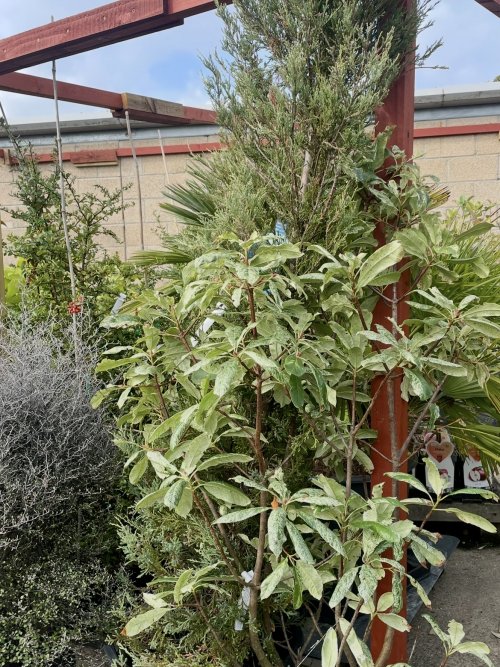
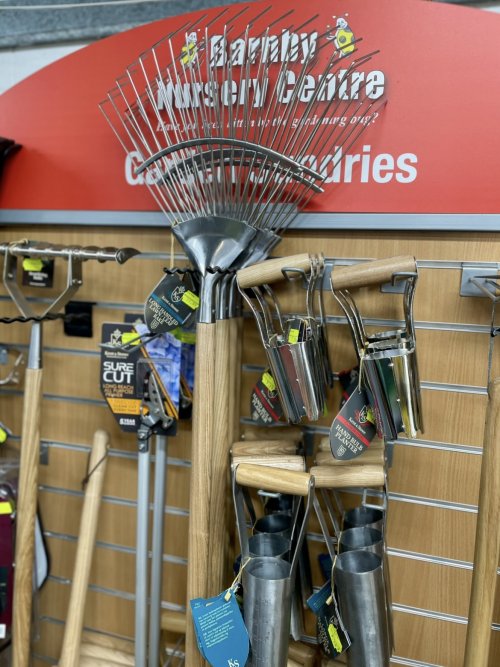
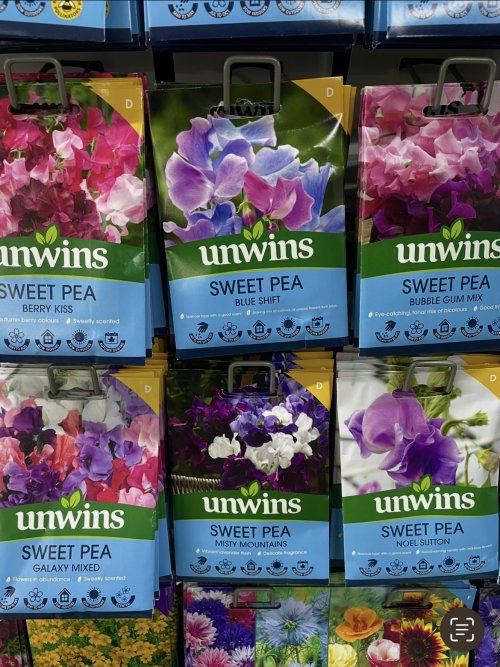
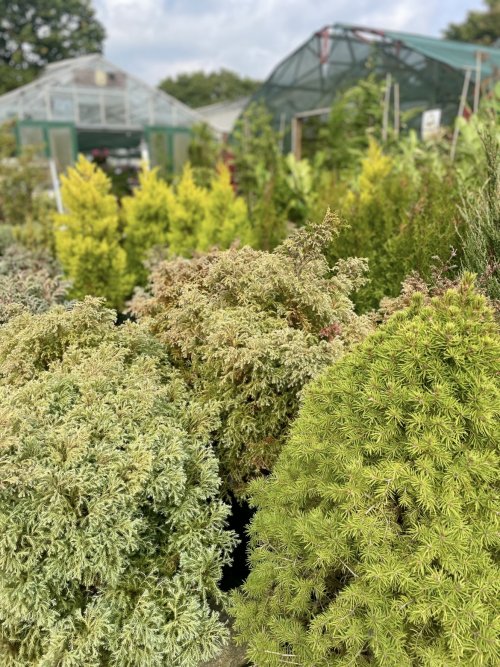
A fruitful life…. Fruit trees and bushes are the gifts that go on giving. Now is an excellent time to plant them because the roots will get all the plant’s energy (rather than the leaves); apple, pear, plum, fig, quince, cherry and peach, planting fruit trees in the autumn is less of a shock to the tree and gives it time to establish before the spring comes back round. Bare-rooted trees and hedging plants sold in the winter can be purchased at a fraction of the price of their container-grown counterparts and give a head start to establish before any spring or summer drought. Dwarf patio trees or container grown varieties can also be planted now.
Love you very mulch…. Mulch around young trees, shrubs, and in borders. A mulch is just a loose covering of material on the surface of the soil. Garden compost, wood chippings, processed conifer bark, leaf mould, or well rotted manure all serve this purpose. Mulching protects roots through the winter and provides a layer of insulation, the organic matter also decomposes and provides nutrients for the new growing season.
Are you re-seeding me?…. Re-seed lawns, a job which can wait till spring but October has optimal conditions for grass seeds to germinate, particularly if the weather is mild. Choose the right seed for your garden’s conditions. Check the weather and aim for a period with mild weather and limited rain. Combining seeds designed for hard wear and shade can be useful for different parts of the garden. If frost is predicted, consider using a protective covering of horticultural fleece to shield the delicate new growth.
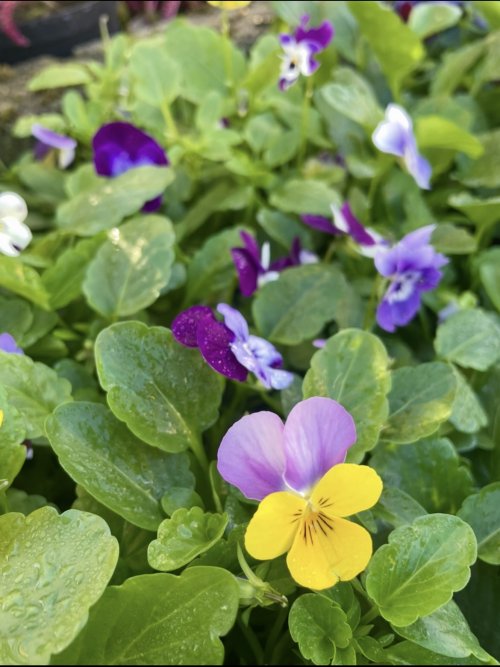
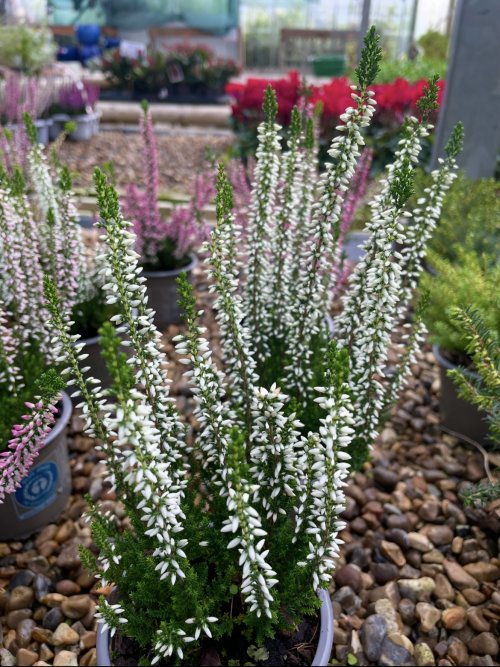
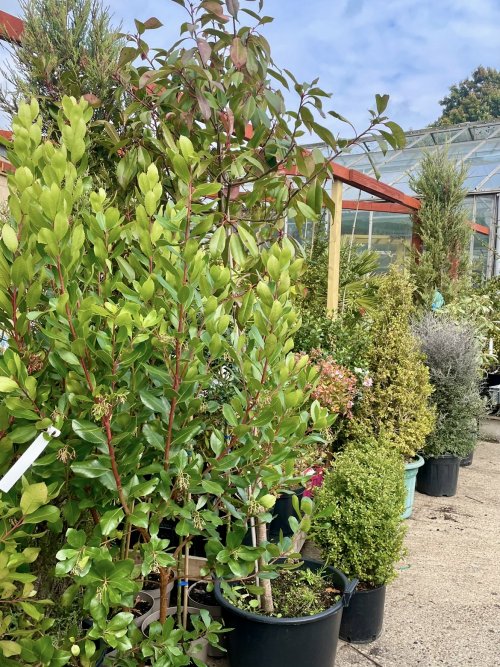
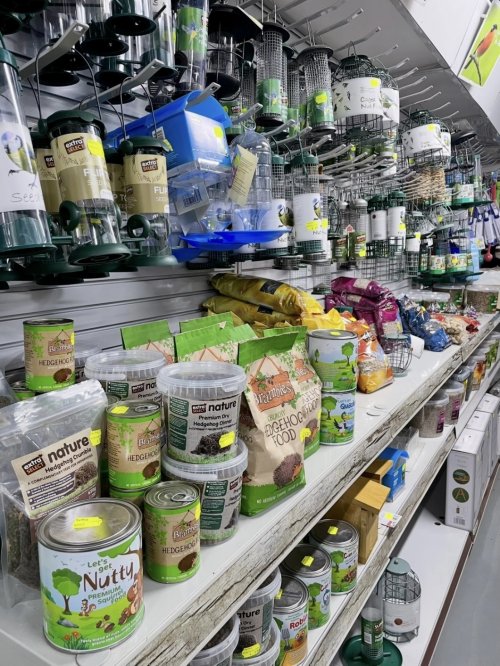
Tidy up…. (but go lightly – see above concerning wildlife friendly gardening!) Leave the leaves (well, some of them)…. Remove only heavy, wet mats of leaves that could damage turf. Leave a 3-5cm layer, insects use these habitats to overwinter and leaf litter protects the soil from driving rain. Cut back perennials if particularly untidy, but do so sparingly as this can remove potential winter interest in the form of height and structure, plus food and habitat sources for wildlife. Snip away dead flower heads with a clean pair of secateurs to prevent diseases spreading into the plants. Lightly prune trees (except for stone fruit trees like cherries and plums which should wait til summer) and shrubs to promote healthy growth next year and to prevent disease. November is an ideal month to prune, as the cut surfaces are less likely to freeze and split during frosty weather.